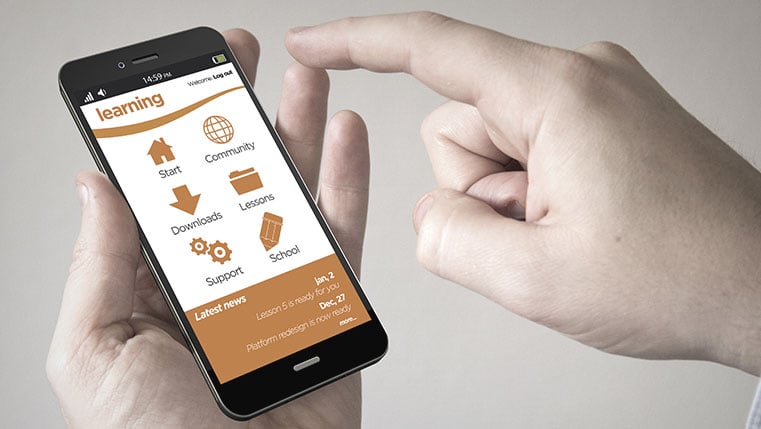Microlearning to Empower Today’s Corporate Learners – A Proven Strategy

In a highly competitive market space, employees are always rushing to fulfill the expectations and needs of clients or customers. All this running around means that employees find little time and energy to focus on training. To overcome this, organizations use digital learning strategies that give employees a great deal of flexibility, helping them utilize their time better.
But the duration between the learning and actual knowledge application may be considerable. Additionally, learners will have only enough time to undertake a full-length course once, making it possible for employees to forget the knowledge gained. In such a situation, you need to ask yourself, is a sole full-length e-learning course enough?
In a fast-moving world, where people are often overloaded with information, it is important that you reinforce your e-learning program with microlearning modules. These bite-sized learning nuggets comprehensively convey just one topic while also being part of a larger training program. The size of these courses makes them ideal for revising the modules that are already covered.
Micro modules also provide the much need last minute knowledge ‘push’ in the form of just-in-time learning, which help reduce task errors a great deal. But for microlearning to be effective, you need to be sure that the modules are designed using the right strategies. Let’s explore some of the leading strategies that you can use to empower your learners:
Analyze the Challenges
Each digital training program has unique challenges. Before you set out to create your microlearning program, you need to see where and how it is going to be put to use. Some digital learning programs might want to deliver the main ‘need-to-know’ content, others will just want to provide support for revision, and so on. Depending on its usage, the creation and amount of information to be conveyed through the micro course changes.
Use Games
Games are an ideal method to impart knowledge in a short duration of time. With game-based content, your subject matter is embedded in a fully playable game. Employees just have to play these games in order to grasp the subject knowledge. A microlearning module created around a game has the maximum impact as everyone likes to play games. This also increases the reach of your microlearning program as nobody minds sparing a few minutes to play a game.
Develop Videos and Infographics
The biggest challenge micro modules face is keeping the duration of the course down. But keep in mind that one micro module cannot convey a topic partially, as it defeats the purpose. A well-made infographic can compile the information of a couple of pages in a single screen. If a picture is worth a thousand words, just imagine how many words a moving image will be worth. Videos have the potential to breakdown a topic of any complexity into easily digestible information. Both these assets help keep the learning duration of the micro module down.
Track Users Using Innovative Assignments
Measuring the impact of your e-learning course is very important to see how effective it is. A full-length e-learning course assesses users right after they have completed the course, which means majority of them will fare well. But, if you introduce innovative quizzes in your microlearning modules, you can even assess your learners long after they are done with the primary training. This not only gives you an idea of the knowledge retained by your learners but also shakes them into action if they feel when they lack crucial subject knowledge.
Create Incentives
When creating a microlearning ecosystem, keep in mind that this is going to be an add on to your full-length course. Employees may very well choose to ignore it, unless absolutely necessary. That’s why you should create ample incentives in your micro modules.
Consider assigning scores, badges, or some kind of rewards to learners when they complete a short course. Peer-to-peer incentives are also a strong tactic to use. You can do this by giving them the freedom to share their achievements on the Intranet or company network.
Microlearning is a highly effective digital learning method to facilitate effective knowledge transfer. Hire an experienced e-learning vendor to create a microlearning program that really creates an impact.




![What are the Steps for Effective Microlearning Design? [Infographic]](https://blog.commlabindia.com/hubfs/blogs/steps-effective-microlearning-design-info.jpg)
